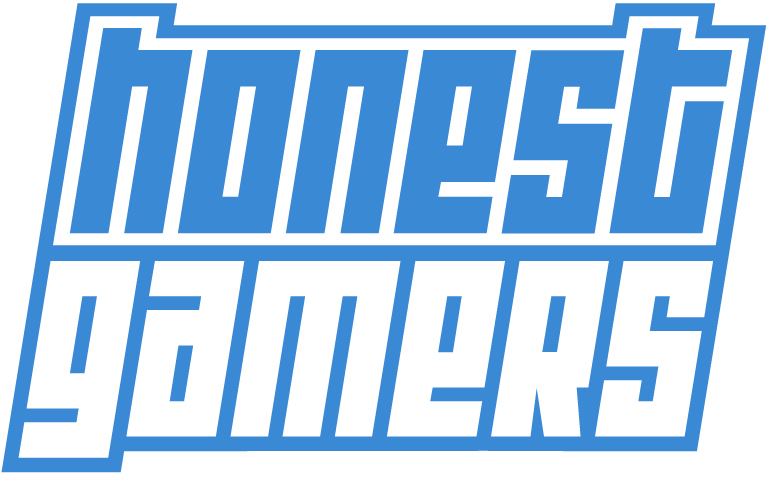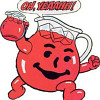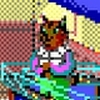Broken Sword: The Sleeping Dragon (PC) review"Recently, a Directorís Cut of the first game has been released on both the iPhone and the Wii. Both versions prove what a remarkable title that still is, despite feeling somewhat aged now. But for me, The Sleeping Dragon will always mark the pinnacle of the series: despite some shaky mechanics, itís the one Iíd be least willing to let slip from memory." |
Itís funny what you remember, and how clearly you remember it. Broken Sword: The Sleeping Dragon, the third title in Revolution Softwareís seminal adventure series, released way back in 2003. Yet going back to it this week, I still recalled almost every one of its early jokes, and the exact manner in which a French cleaning lady wished me au revoir.
The Sleeping Dragon is a game with character, and with soul. That sort of thing sticks with you for many years after the repetitive puzzles and diabolical controls fade from your mind.
And make no mistake, they are there. The Sleeping Dragon marked Broken Swordís first foray into the third dimension, and particularly on PC the game suffers for it. The arrow keys manoeuvre your character around at awkward 90 degree shifts, leaving - for example - Nico Collard sprinting at dangerous right-angles across the roads of Paris. The WASD keys, counter-intuitively, operate your different actions in the world - talking, looking, collecting and using, rather than having much at all to do with movement.
Thereís no doubting that your actions in this globe-hopping adventure become increasingly repetitive, too. There is an inordinate number of boxes to move, stack and climb on top of, for example. So many of The Sleeping Dragonís puzzles rely on these most hackneyed of videogame tropes that, in the back of your mind, something tells you it might be in on the joke, even though it clearly isnít.
I desperately want to say these problems donít matter. But they do. They take the shine off. Thereís something genuinely painful about returning to what is in so many ways a wonderful game, but having it fundamentally spoiled by the teething problems you know - should it have been made today - The Sleeping Dragon wouldnít have suffered from.
Crucially, though, this isnít the first time Iíve played it. And while Iíd certainly forgotten the extent to which the crate-pushing and control-bumbling affects the experience, it wasnít too far into the game when the problems fell into insignificance again. Thatís when The Sleeping Dragon blossomed once more.
This is, for all its quirks, a magical game. Fighting with controls isnít ideal, but once you learn to forget about them, you learn to adore the depth of the story, the delightful characters, the marvellous writing and still genuinely pretty locations.
The game starts on a plane over the Congo, before quickly descending to ground level as its drunken pilot flies into a storm and nearly kills the both of you. ĎYouí being George Stobbart, a wisecracking American lawyer on the way to patent a fabulous machine: one which its inventor says can generate pure energy out of nothing. When you finally arrive in his cavernous home, you find him dead.
At the same time, something rather similar happens to The Sleeping Dragon's other protagonist, budding journalist Nico: she heads to the apartment of a spotty hacker to conduct an interview, but finds him in a puddle of his own blood and nearly ends being the second victim of his murderer. Oh, and framed for the crime, too.
As far as setups go it might sound unimaginative. But it puts you immediately on a tantalising back foot, and is quintessentially Broken Sword. Itís classic Knightsí Templar conspiracy silliness done right - long before Dan Brown came along and did it all wrong.
As well as Congo and Paris, youíll also visit the quaint British town of Glastonbury, home to the famous music festival and, in Broken Swordís world, a hilariously posh hippy who runs a new-age corner shop.
There are so many of these fantastic characters, with nuance and personality that vastly outweighs that in other adventure games. For one thing the writing is magnificent throughout, flitting between properly funny and surprisingly hard-hitting at regular intervals. And for another, The Sleeping Dragonís facial animation systems were an age beyond what other games were capable of at the time. Even in the wake of Half-Life 2 and Vampire: Bloodlines a year or two later, Broken Sword stood tall, the gameís cartoon style never diminishing the humanity of its digitised denizens.
Whatís perhaps most interesting of all is how much changed between the first two Broken Swords and this third instalment - not just in the technology but also in the tone - and yet how delightfully familiar the whole thing feels. Thereís recognisable faces from earlier in the series, and the new 3D engine always did a half-decent job of replicating the hard-lined visual style. But it stems beyond that: even though this is a more jovial, accessible Broken Sword than those that came before it, it remains a game that could not be part of any other series.
Recently, a Directorís Cut of the first game has been released on both the iPhone and the Wii. Both versions prove what a remarkable title that still is, despite feeling somewhat aged now. But for me, The Sleeping Dragon will always mark the pinnacle of the series: despite some shaky mechanics, itís the one Iíd be least willing to let slip from memory.
Freelance review by Lewis Denby (July 24, 2010)
A bio for this contributor is currently unavailable, but check back soon to see if that changes. If you are the author of this review, you can update your bio from the Settings page. |
|
More Reviews by Lewis Denby [+]
|
|
If you enjoyed this Broken Sword: The Sleeping Dragon review, you're encouraged to discuss it with the author and with other members of the site's community. If you don't already have an HonestGamers account, you can sign up for one in a snap. Thank you for reading!
User Help | Contact | Ethics | Sponsor Guide | Links








